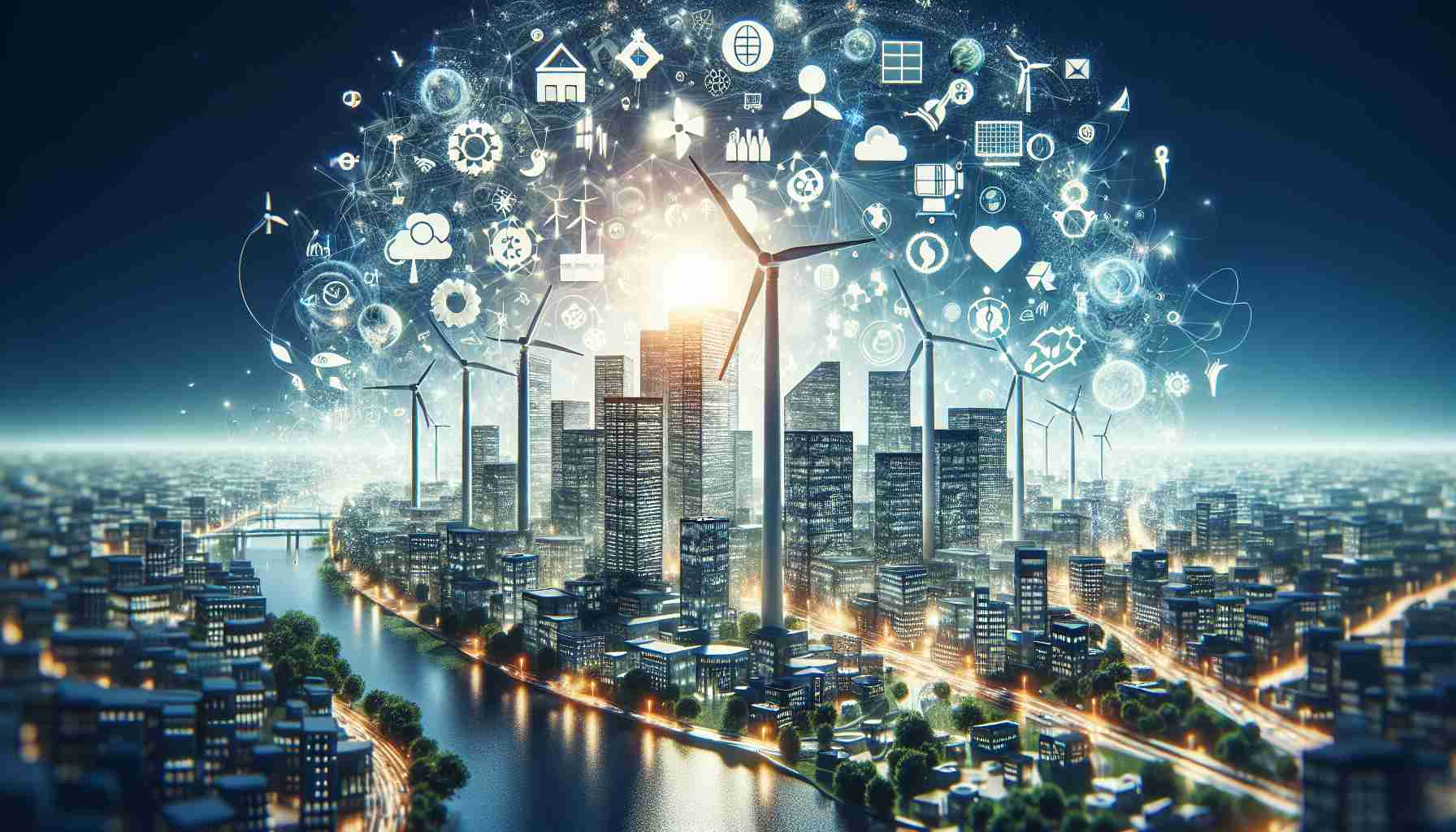A recent report sheds light on the promising growth trajectory of the global environmental technology market, highlighting key drivers and trends set to shape the industry’s future. Over the past years, the market has consistently expanded, fueled by mounting environmental concerns and a worldwide commitment to sustainability. Projections indicate that this market will surge from $552.12 billion in 2023 to a noteworthy $719.79 billion by 2028, reflecting a robust compound annual growth rate (CAGR) of 5.6%.
Several factors are contributing to this impressive growth. Foremost among them is the global emphasis on climate action. There is a substantial increase in investments in renewable energy and a growing demand for sustainable agricultural practices. National governments worldwide are playing a pivotal role by crafting policies and incentives to foster the adoption of green technologies. The UK’s “Clean Green Initiative,” which allocates $3.7 billion for developing countries to embrace environmental technologies, stands out as a prominent example.
Innovation is another focal area driving market expansion. Industry leaders are pushing the envelope with state-of-the-art solutions, including advancements in renewable energy and water treatment technologies, thereby meeting the evolving demands of a rapidly shifting market landscape.
For stakeholders, this market evolution offers immense opportunities. Armed with detailed market insights and competitive analyses, businesses can craft informed strategies to capitalize on emerging trends and secure a competitive edge. As environmental technology continues to evolve, companies that adapt swiftly are likely to thrive in this dynamic global market.
Revolutionary Growth in Environmental Technology: How It’s Shaping Our Future
The environmental technology sector is surging ahead, not just driven by sustainability goals but also by unexpected innovations and the challenges they introduce. While many are familiar with its growth outline, let’s dive into lesser-known elements and how they’re redefining both technology and humanity’s approach to the environment.
Surprising Twists in Environmental Tech Development
While renewable energy innovations are a well-charted area, the development of bio-based plastics and green hydrogen are silently revolutionizing industries. Bio-based plastics, derived from renewable biomass sources, offer the promise of reducing the carbon footprint of traditional plastics. However, their production scale and potential ecological impacts serve as contentious points, questioning whether they can truly form a sustainable alternative.
Green hydrogen, although still in its nascent stage, has emerged with great promise. Its ability to produce only water as a by-product can drastically reduce emissions if scaled effectively. Yet, critics argue about the energy-intensive processes needed to produce it, challenging its ‘green’ label unless renewable energy exclusively powers the production.
Advantages and Disadvantages: A Double-Edged Sword
On the plus side, these technological advancements are facilitating the creation of smarter, more energy-efficient cities. With advances in smart grid technology and electric vehicle infrastructure, urban spaces are evolving to minimize environmental harm. Moreover, technologies such as AI and IoT in environmental monitoring promise increased efficiency in resource management.
However, such rapid innovation is not without its pitfalls. Technological waste presents a growing dilemma, where outdated equipment becomes hazardous waste. This presents an urgent need for developing comprehensive recycling and waste management protocols to address the mounting technological refuse.
How Does This Affect Humanity and Our Ecosystem?
These technological strides undeniably influence our daily lives significantly. From potentially lower energy bills due to efficient technologies to improved air quality and reduced carbon footprints, the benefits are visible. But, will these technologies be accessible to all, or will they exacerbate the divide between developed and developing nations?
Sep Questions: What’s Next for Environmental Tech?
How effectively can developing economies integrate these advanced technologies with their existing infrastructures? And can international collaborations bridge the potential disparities in technological accessibility? While these questions pose challenges, they also fuel further innovation and policy discussion.
For those keeping an eye on evolving trends in the environmental sector, staying informed is key. Discover more about how technology is transforming our world through platforms like TechCrunch and BBC.
The dynamic interplay of breakthroughs and challenges in environmental technology continues to shape a future that blends aspiration with caution. As industries innovate, humanity stands at a threshold — one that promises cleaner living yet demands vigilant stewardship of our planet’s resources.
